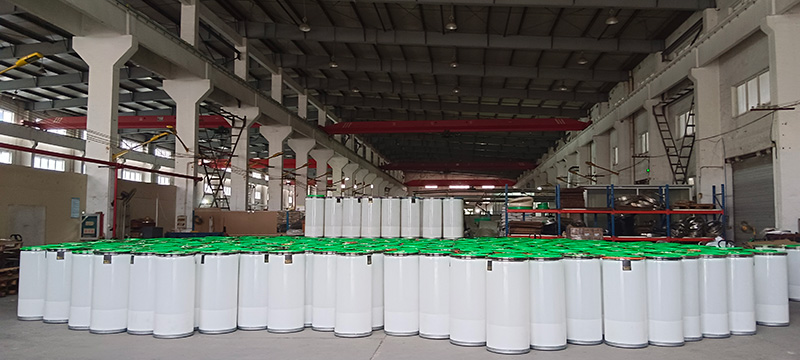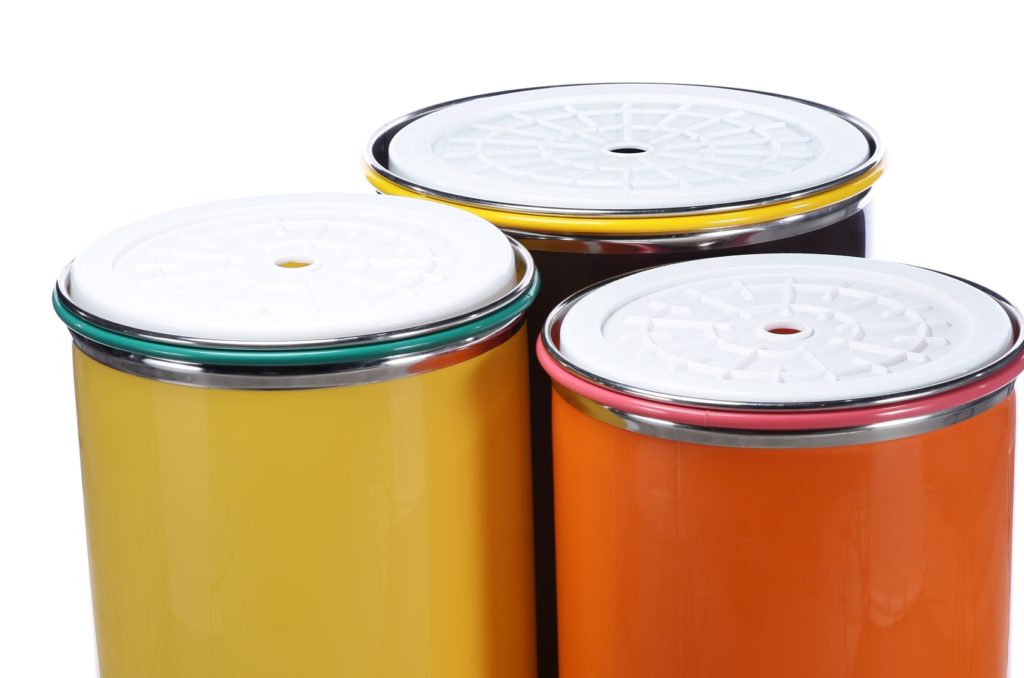Sliver, a loose, untwisted strand of fiber produced during the early stages of the spinning process, is a critical intermediate product in the textile industry. The quality of sliver directly influences the quality of the final yarn, which, in turn, affects the properties and performance of the textile products made from that yarn. This article explores the effects of sliver handling on its quality and the resultant yarn quality, highlighting the importance of proper handling techniques, common handling issues, and best practices to ensure high-quality outcomes.
Overview of Sliver Handling Processes
Preparation of Sliver
The preparation of sliver begins with the carding process, where fibers are disentangled, cleaned, and aligned to form a continuous strand. This process is followed by combing (in the case of combed yarns) and drawing, which further aligns and blends the fibers to produce a uniform sliver. Each step in the preparation process is crucial for maintaining fiber alignment and uniformity, setting the foundation for high-quality yarn production.

Transportation and Storage
Once prepared, sliver must be carefully transported and stored to prevent damage and contamination. Proper transportation involves using sliver cans or coils to minimize fiber disturbance. Storage conditions must be controlled to avoid environmental factors like excessive humidity or temperature fluctuations, which can affect fiber properties.
Processing and Maintenance
During subsequent processing stages, such as drawing, roving, and spinning, sliver handling remains critical. To guarantee constant tension and strain on the sliver, minimizing breakage and unevenness, machines need to be calibrated and maintained correctly.
Factors Affecting Sliver Quality
Environmental Conditions
Environmental conditions play a significant role in maintaining sliver quality. Temperature and humidity control are essential, as fibers can absorb or lose moisture, affecting their tensile strength and flexibility. Optimal conditions prevent fibers from becoming brittle or overly elastic, ensuring uniformity and strength in the sliver.
Mechanical Handling
Using different machinery for the preparation and processing of slivers is known as mechanical handling. The precision and maintenance of these machines are crucial, as any irregularities can cause damage or inconsistencies in the sliver. Regular calibration and maintenance help ensure that machines operate smoothly and consistently.
Contamination Control
Contamination control is vital to maintaining sliver quality. Foreign particles, dust, and impurities can significantly impact the final yarn quality. Implementing stringent contamination control measures, such as using clean environments and proper protective equipment, helps prevent impurities from compromising sliver quality.
Common Handling Issues and Their Impact
Damage and Breakage
Damage and breakage are common issues during sliver handling. These can occur due to improper handling techniques, machine malfunctions, or environmental factors. Damage to the sliver can lead to weak spots, affecting the strength and uniformity of the yarn. Breakage can result in production downtime and increased waste, impacting overall efficiency and cost.
Inconsistent Sliver Thickness
Inconsistent sliver thickness can arise from uneven drawing or mechanical issues. Variations in thickness lead to uneven yarn, affecting the textile’s appearance and performance. Maintaining consistent thickness is crucial for producing high-quality yarn with uniform properties.
Contamination and Impurities
Contamination and impurities in sliver can come from various sources, including the environment, machinery, and handling personnel. These impurities can cause defects in the yarn, such as neps (small knots of fibers) and foreign matter inclusions, leading to poor fabric quality and increased rejection rates.
Best Practices for Sliver Handling
Proper Handling Techniques
Proper handling techniques are essential to maintaining sliver quality. Workers should be trained to handle sliver gently, avoiding unnecessary pulling or stretching. Using appropriate containers and ensuring smooth transitions between processes help minimize damage and maintain fiber alignment.
Equipment Maintenance
Regular maintenance of handling equipment is critical to prevent mechanical issues that can damage sliver. This entails giving machinery regular cleanings, inspections, and calibrations to guarantee peak performance. Before any issues affect the quality of the silver, preventive maintenance assists in locating and resolving them.
Training and Supervision
Training and supervision of workers involved in sliver handling are vital. Employees should get training in safe handling and processing techniques as well as education about the value of sliver quality. Supervision ensures adherence to these practices and allows for prompt identification and correction of handling issues.
Technological Advancements in Sliver Handling
Automation in Sliver Handling
Sliver handling has been transformed by automation, which lessens the need for manual work and lowers the possibility of human mistake. Automated systems can handle sliver with precision and consistency, ensuring uniform quality. Advanced robotics and sensors can monitor sliver properties in real-time, making adjustments as needed to maintain quality.
Innovative Storage Solutions
Innovative storage solutions, such as climate-controlled storage units and automated sliver cans, help maintain optimal environmental conditions and minimize handling damage. These solutions ensure that the sliver remains in prime condition until it is ready for processing, preserving its quality.
Real-Time Monitoring Systems
Real-time monitoring systems, utilizing IoT and sensor technologies, provide continuous feedback on sliver quality during handling and processing. These devices have the ability to recognize differences in sliver characteristics and notify operators of any problems so that quick remedial action may be taken. By taking preventative measures, mistakes are less likely to occur, and slice quality is consistently maintained.
Conclusion
Sliver handling plays a crucial role in determining the quality of sliver and the resulting yarn. Factors such as environmental conditions, mechanical handling, and contamination control are critical to maintaining sliver quality. Common handling issues, including damage, inconsistent thickness, and contamination, can significantly impact yarn quality.
Continuous improvement in sliver handling practices is essential for achieving high-quality outcomes. Regular training, equipment maintenance, and the adoption of advanced technologies can help mitigate handling issues and enhance sliver quality.
In conclusion, the importance of proper sliver handling cannot be overstated. By implementing best practices, maintaining equipment, and embracing technological advancements, textile manufacturers can ensure the production of high-quality sliver and yarn, ultimately leading to superior textile products.

